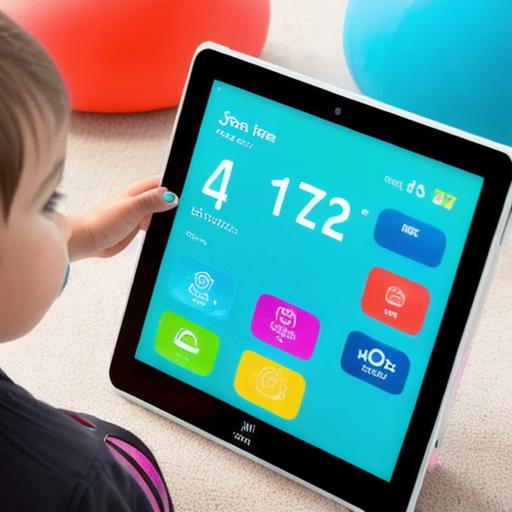**Understanding the Market:**
The children’s mobile game market is a lucrative and growing industry. To create a successful strategy, developers must first understand their audience. Children have unique preferences and requirements compared to adult gamers. Games should be age-appropriate, engaging, educational, and safe.
**Age-Appropriateness:**
Identify the target age group for your game. Develop content and features that cater specifically to this demographic. For example, younger children may enjoy simple games with bright colors and interactive elements, while older children might prefer more complex puzzles or role-playing games.
**Engagement:**
Creating engaging experiences is crucial in retaining users. Use elements such as progression systems, rewards, and social features to encourage repeat play. Make the game visually appealing with vibrant colors and clear graphics.


**Educational Value:**
Incorporating educational value into games can make them more attractive to parents. Include problem-solving challenges, teach new skills or concepts, and provide opportunities for creative expression. Examples include math games, language learning apps, or creativity tools.
**Safety:**
Ensure your game is safe for children. Implement strict privacy settings and clear community guidelines. Protect users from inappropriate content or interactions, both within the game and online.
**Examples of Successful Children’s Mobile Games:**
- Angry Birds: This classic physics-based puzzle game is popular with children due to its simple yet addictive gameplay. It offers progression systems and rewards to keep players engaged.
- Minecraft: Minecraft’s open-ended creativity and educational potential make it a favorite among kids. Players can build, explore, and learn problem-solving skills in a safe environment.
- Endless Alphabet: This interactive learning app teaches children the alphabet, spelling, and vocabulary through fun animations and sounds.
**Summary:**
In summary, creating a successful mobile game development strategy for children involves understanding their unique preferences, making games age-appropriate, engaging, educational, and safe. Use examples from successful children’s mobile games to inspire your own project. By catering specifically to this audience, you can create a fun, interactive experience that not only entertains but also educates and provides valuable social interactions for young users.
